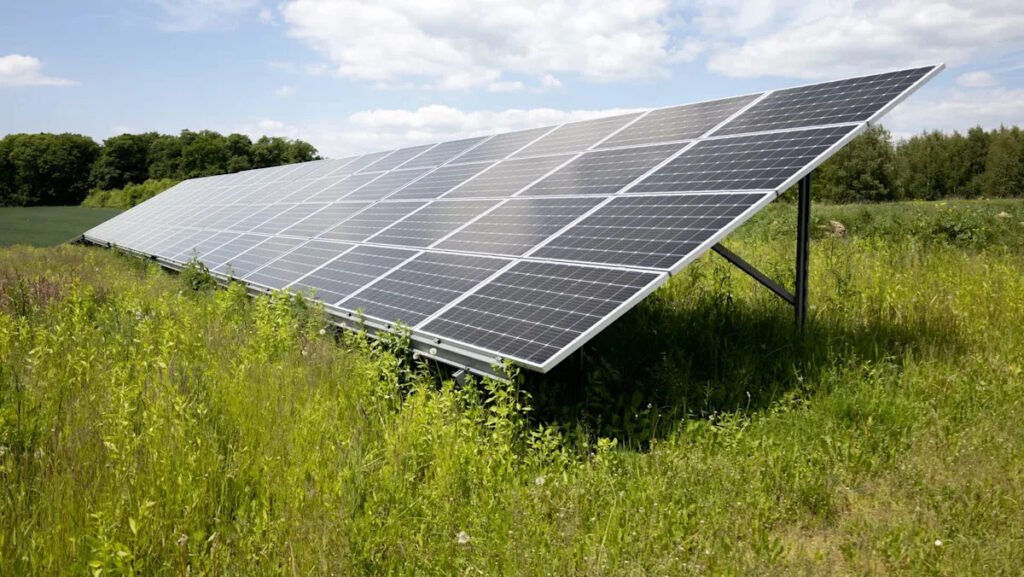A recent study showed that solar panels can help protect grasslands during dry seasons, according to The Conversation.
The four-year study in Colorado showed that the shade cast by solar panels helped grass grow 19% more than grass left out in the open during years with low precipitation. However, growth was lower during average and wet years. That surplus in dry seasons may be worth the trade-off, according to researcher Matthew Sturchio.
“When water is scarce, increases in grassland productivity are more valuable because there isn’t as much around,” he said, per The Conversation. “Therefore, increasing grassland production in dry years could provide more available food for grazing animals and help offset some of the economic harm of drought in rangelands.”
This study reaffirms the growing body of science in the field of agrivoltaics. The data produced shows that it’s possible to have solar panels operating on functioning agricultural land while affording measurable benefits to crops and livestock. The solar panels are also able to power farm operations and generate revenue for landowners.
Even without its agricultural value, grasslands are massively important ecosystems. As the incidence of drought increases, it’s becoming more important to protect the grasslands that nurture stressed wildlife, such as pollinators.
Solar energy is a key component of the electrical grid of the future. At a utility scale, it’s the cheapest option out there. It also helps to displace coal and gas power, which are some of the top contributors to atmospheric pollution. That pollution is exacerbating destructive weather patterns, such as floods and droughts, which directly affect the livelihood of farmers.
If you’re interested in upgrading to solar power in your home, EnergySage has a free online tool that can connect you to vetted local experts. These installers can knock up to $10,000 off the cost of new solar panels, provided homeowners get started before the federal tax incentives go away this year.
Sturchio’s ecovoltaics team at the University of Colorado is gearing up to dig deeper into its research at a new site that goes live this year.
“Testing the effects of solar panels over grasslands in a native ecosystem with even greater aridity will help us develop a clearer picture of ways solar energy can be developed in concert with grassland health,” he said, per The Conversation.
Join our free newsletter for weekly updates on the latest innovations improving our lives and shaping our future, and don’t miss this cool list of easy ways to help yourself while helping the planet.

